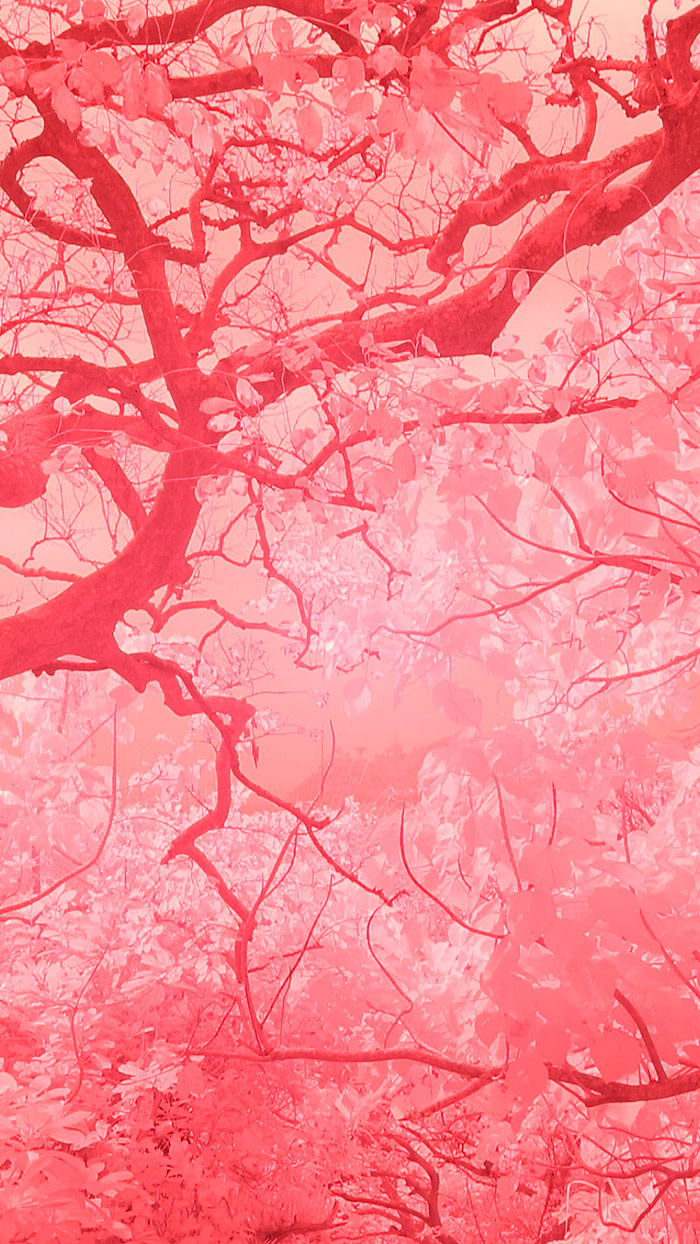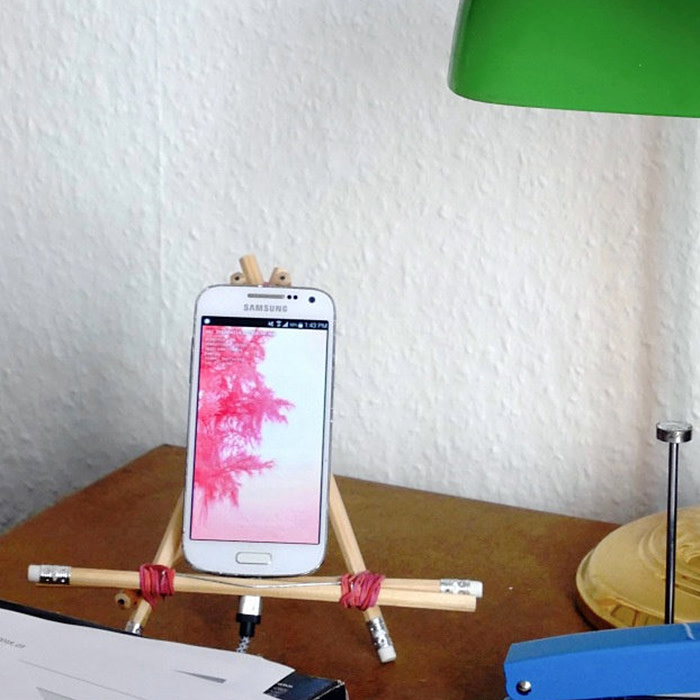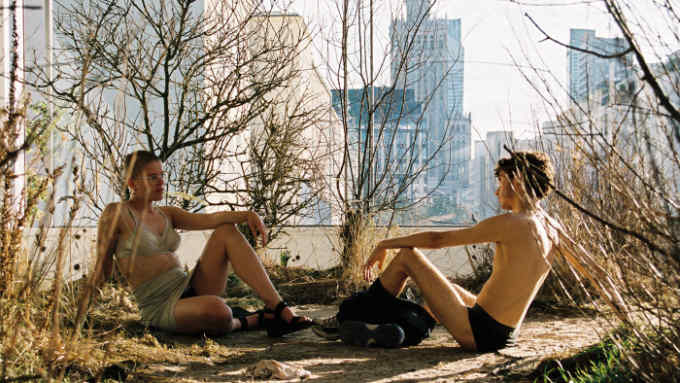Internet art: Evan Roth’s ‘Red Lines’

Simply sign up to the Life & Arts myFT Digest -- delivered directly to your inbox.
It is only a privileged few that can have a Brancusi, a Picasso, or a Louise Bourgeois in their own home. But in today’s highly commercial climate many artists are increasingly looking for ways to allow more people to live with art — to bring a form of collecting to a wider audience — often through the new technologies of the day.
The US new media artist Evan Roth, now 40, is one of them, creatively applying his “hacker philosophy” to his art practice, most recently through a commissioned work for ArtAngel.
The British-based arts production organisation is known for spectacular site-specific installations and performances, but last year its site-specific somewhere became ArtAngel Everywhere, an international open call taking on the theme of the internet. Roth won the Arts Council funding with “Red Lines”, a freely available installation designed primarily to be viewed and lived with at home.
The net-based work is a series of eerie, red-hued videos shot at remote cable landing sites around the globe, including Hong Kong and Cornwall, on the south-west tip of the UK. These are places where submarine telecommunications cables — once British empire telegraph lines, now fibre optic data connections — emerge from the ocean. Other footage comes from far-flung parts of the globe, from Argentina to Sweden, and will be added to throughout the year-long project.
“Red Lines” was conceived as something any viewer could stream at home. But the viewers here are not simply viewing. Roth’s ideas for the work stem from the decentralised peer-to-peer networks that brought illicitly obtained, pirated culture to many a bedroom-bound teenager in the early 2000s. Albums and films were downloaded not from a central source but from a number of peers, via torrent sites such as Napster.
In these networks, each person who holds a particular file acts as an equivalent peer node, or source, for others who want to download it. Similarly, by viewing Roth’s “Red Lines” you become part of his network, streaming from other viewers who simultaneously stream the feed from you, anywhere in the world.
If there were a version of the work at Tate, Roth explains, it would be of no more value or importance than the one in your home. “We’re all equal technical nodes in the eyes of the network.”
The reason “Red Lines” came to be in people’s homes is not entirely to do with accessibility, but to do with time. In response to ideas of gamified technology use, diminishing attention spans and, he says, “how networks otherwise affect our relationship with images and with art”, he created something deliberately slow, designed to be viewed over days or months: “too slow for the gallery”.
Roth strongly believes that living with works of art can be a more valuable and nuanced experience than simply visiting them. This is something, he notes, that is often tied to privilege or wealth that few people have. But the act of bringing art to a wider audience is still often in contradiction to the value or rarity that makes such works desirable to collectors.

In the pre-internet era of the 1960s and 1970s, conceptual art and land art were among the forms that similarly challenged ideas of value and collecting — and even the gallery system itself. While land artists such as Richard Long went the way of ephemerality, sidestepping the possibility of owning the work itself with pieces engraved across a landscape such as his “A Line Made by Walking” (1967), the movement partly relied on photography to validate itself.
In 1974, conceptual artist Terry Fugate-Wilcox joined his contemporaries in using the magazine as a medium for a kind of mass collecting. “Slow Burn-Paper”, an unbleached sheet of paper intended to age more quickly than the surrounding publication, was tipped into every copy of the January run of Arts Magazine. A caption identified the insert as a sculpture in an edition of 26,000.
In the attempts to document its ideas, the group Art and Language used journals, printed in modest runs but available cheaply, in which its members described their conceptual pieces. Being purely ideas, these pieces were impossible to display, which meant that shows such as Tate Britain’s 2016 survey Conceptual Art in Britain 1964-1979 ended up displaying the supposedly incidental reams of documentation instead.
Though accessible or cheap, these artworks were not necessarily convenient. “Red Lines”, however, is intended to be viewed not as a brief click-through to the URL but repeatedly and slowly over the year of its funding, and installed on a dedicated screen — such as the cracked, drawer-dwelling iPhone shown in the instructional video.
For any collector intent on parting with their cash, Roth has another method. Each of the 53 servers and domain names powering the site is for sale. But there is one stipulation: that the purchaser perform the task of web host, maintaining the work as free and publicly available for its duration.
To September 10 2019, artangel.org.uk/project/red-lines
Follow @FTLifeArts on Twitter to find out about our latest stories first. Subscribe to FT Life on YouTube for the latest FT Weekend videos

Comments